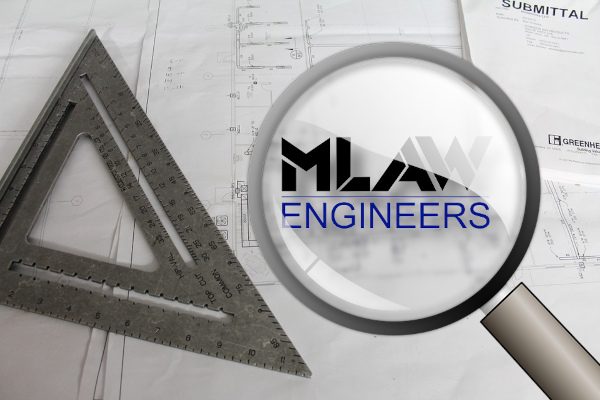Featured Article
Austin and Central Texas abounds with geologic faults, the most prominent of which is the Balcones Fault, or “fault system”. These faults are especially common in a band, which runs north and south through Austin and similar areas in Georgetown, Round Rock, Buda, Kyle, San Marcos, New Braunfels and parts of San Antonio. The band is several miles wide in the vicinity of the main Balcones Fault escarpment. These faults are not geologically active. That is, they do not shift due to tectonic forces and plate movements, such as active faults in other parts of the world, for example California. However, the faults can still be dangerous for at least two reasons. One is that there are dissimilar materials adjacent to each other, which may outcrop at the surface, such as limestone on one side of the fault and swelling clay on the other side. The other danger is that faults frequently are a passageway for water to move to the surface from outside a foundation area causing a change in volume of expansive clays.
Approximately 80% of foundation slabs on grade investigated by MLAW, which have shown an uncomfortable degree of differential movement, have been found to be related to a fault immediately under or adjacent to the foundation. These faults were frequently not identified early in the geotechnical investigation phase because of the received wisdom “faults in the Central Texas area are known to be geologically inactive”.
It is virtually impossible to provide sufficient stiffness and strength if the foundations cross over dissimilar materials within the confines of the foundation footprint. The design assumptions found in published materials concerning the procedure to be used for these types of foundations assumes a uniform condition, which maybe modified due to environmental influences such as wetting and drying around the edges. These assumptions do not take into account unusual geologic hazards such as a limestone/clay fault under the foundation, leaking plumbing under or nearby, nearby trees or drainage anomalies adjacent to the foundation. Virtually all designs prepared by modern techniques and which are not subject to any of the above listed special conditions are performing satisfactorily. The exceptions require special investigations.
If a fault is suspected from the initial boring pattern, it would be important to identify the precise location of the fault by closer spacing of borings, possibly with as many as 3 or 4 borings per lot in the suspect areas. If the fault is found to be a discreet surface that produces a unique line at the surface instead of a broad zone of disruption, it may be possible to establish the soil supported foundation in any location of the lot that does not cross the fault.
If this is not possible, the recommended solution would be a deep pier and suspended structural foundation system. On the rock side, the piers would have to go into the rock sufficient depth to be stable and to verify that the rock is not a thin surface shelf. On the clay side, the piers would have to go about 20 feet into the ground and be anchored with under reams and sufficient vertical steel. The foundation will be suspended clear of grade with a structural floor system. Naturally, this is very expensive compared to a typical slab on ground.
The above reasoning will apply equally to moderate size commercial structures, custom homes and volume builder single family residences.
Kirby T. Meyer, P.E.
MLAW Consultants & Engineers
Originally published in MLAW Newletter, January 2006

Explore
Excavation Safety
Excavations are common on construction sites in the form of pits, trenches, and cuts adjacent to a hillside. Excavations are necessary for construction but can be dangerous. Stiff to hard clays seem very strong and will stand temporarily on vertical cuts for great depths. Clays are, however, deceiving. While the intact strength may be high,…
Read MoreExpansive Clay and Foundations
This subject has received attention from many sources for many years, but nevertheless remains a hot topic with regard to design and construction of lightly loaded, shallow foundations in Central Texas. The prime design problem for these foundations is swelling or expansive clays. A shallow foundation is typically found under a residence or small to…
Read More
